| Product Name | Texture | Ingredients | Best For | Recommended Occasions |
|---|---|---|---|---|
| The Spice Garden Citric Acid | Fine | Food-grade citric acid | Canning, beverages, cleaning | Home canning, cocktail preparation |
| Meyer's Pure Citric Acid | Medium | 100% citric acid | Food preservation, DIY recipes | Homemade jams, cheese making |
| Gourmet Chef's Citric Acid | Coarse | Food-grade citric acid | Rimming glasses, specialty dishes | Special occasions, gourmet cooking |
| FreshSpice Pro Citric Acid | Ultra-fine | Pharmaceutical-grade citric acid | Baking, medical applications | Commercial kitchens, laboratory use |
Introduction to Citric Acid
Citric acid is a natural organic compound found in citrus fruits like lemons and limes, widely used in food preservation, cooking, and cleaning. Unlike table salt, it delivers a sharp tang without adding moisture, making it essential for culinary precision and safety.
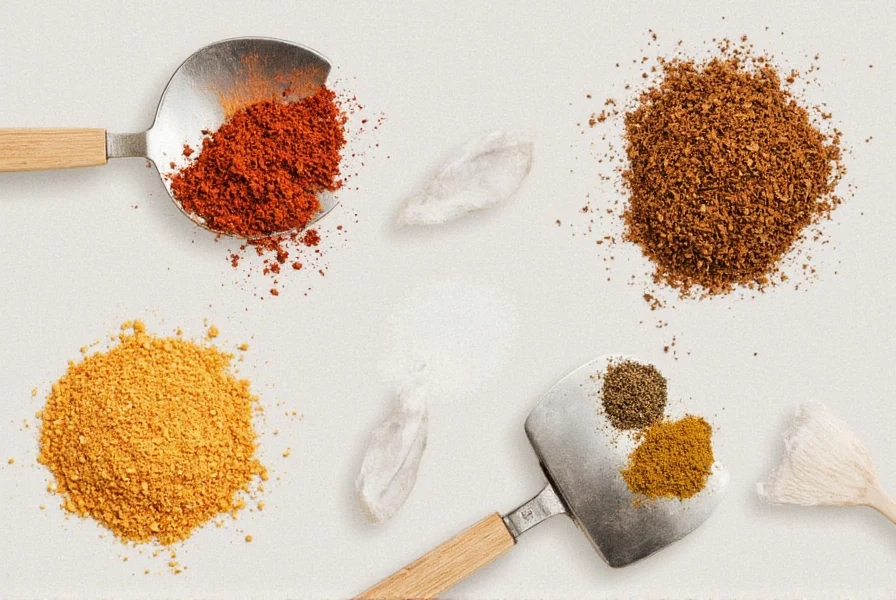
Proper storage and usage ensure maximum effectiveness. This guide covers everything from storage secrets to creative applications, helping you harness citric acid's full potential in your kitchen and home.
Storage Secrets for Maximum Freshness
Citric acid is hygroscopic, meaning it absorbs moisture from the air. To maintain potency:
- Airtight Containers: Store in glass or food-grade plastic containers with tight seals to prevent moisture absorption.
- Keep Cool and Dry: Store in a pantry away from heat sources like stoves or ovens. Ideal temperature is below 77°F (25°C).
- Dark Storage: Protect from light exposure by using opaque containers or storing in a dark cabinet.
- Avoid Metal Containers: Citric acid can react with metal, causing corrosion and contamination.
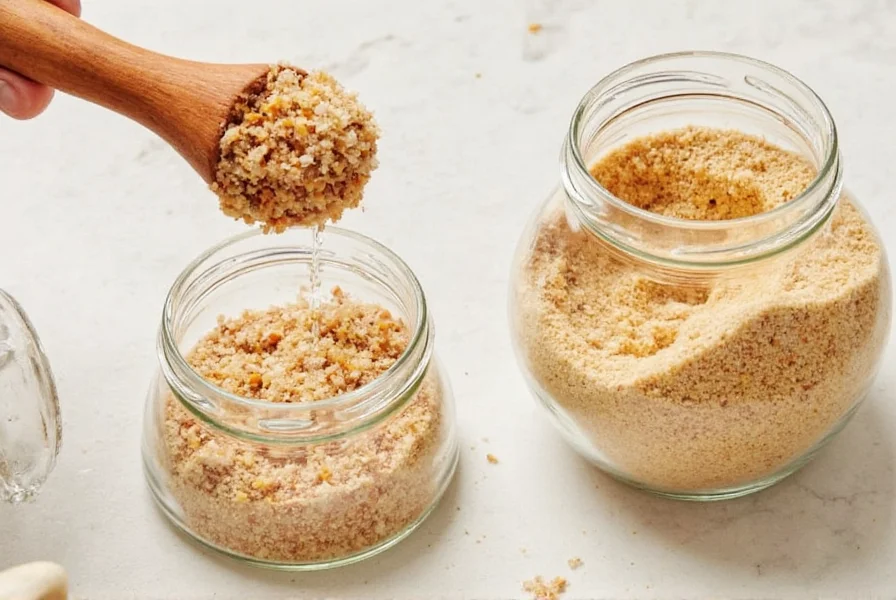
For long-term storage, add silica gel packets to absorb residual moisture. Never refrigerate citric acid, as condensation can cause clumping.
Creative Usage Hacks You'll Love
Citric acid is a versatile ingredient with applications beyond cooking:
- Food Preservation: Essential for safe canning and pickling. Add 1/2 teaspoon per quart to prevent botulism in low-acid foods.
- Cocktail Enhancement: Rim glasses with citric acid for tangy margaritas or mojitos without diluting drinks.
- DIY Cleaning Solutions: Mix with baking soda for a natural descaler for coffee makers and kettles.
- Baking Aid: Use in cake recipes to stabilize egg whites or activate baking soda for better rise.
- Meat Tenderizer: Marinate tough cuts in citric acid solution to break down fibers without altering texture.
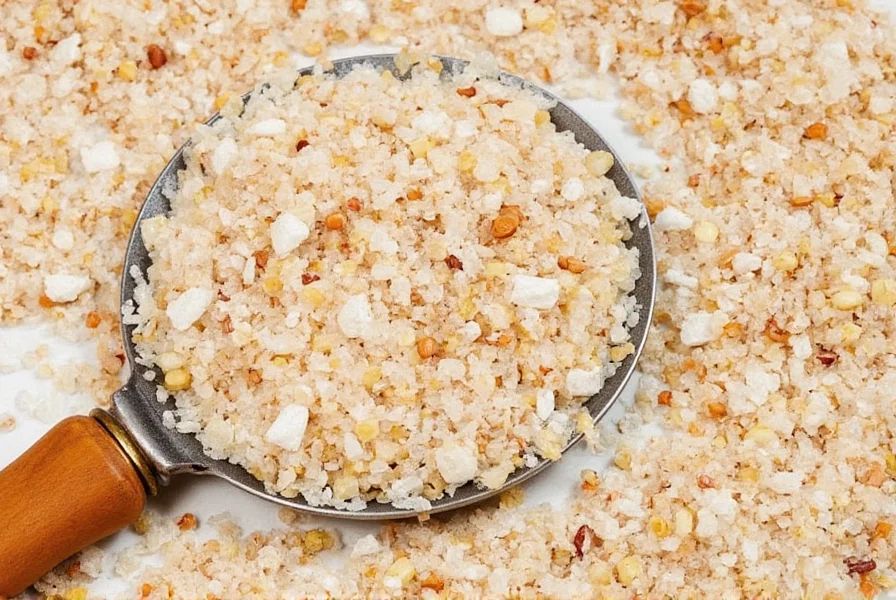
Always use food-grade citric acid for culinary applications. For cleaning, industrial-grade is acceptable but never consume it.
Buying Guide: What to Look For
Not all citric acid is created equal. Key considerations:
- Purity: Look for 99.5%+ pure food-grade citric acid. Avoid products with anti-caking agents unless specified for culinary use.
- Grind Size: Fine powder dissolves quickly for beverages and baking; coarse crystals work better for cleaning applications.
- Source: Choose products made from non-GMO corn or sugar cane for ethical sourcing.
- Certifications: Check for FDA-approved, kosher, or halal certifications if relevant to your needs.
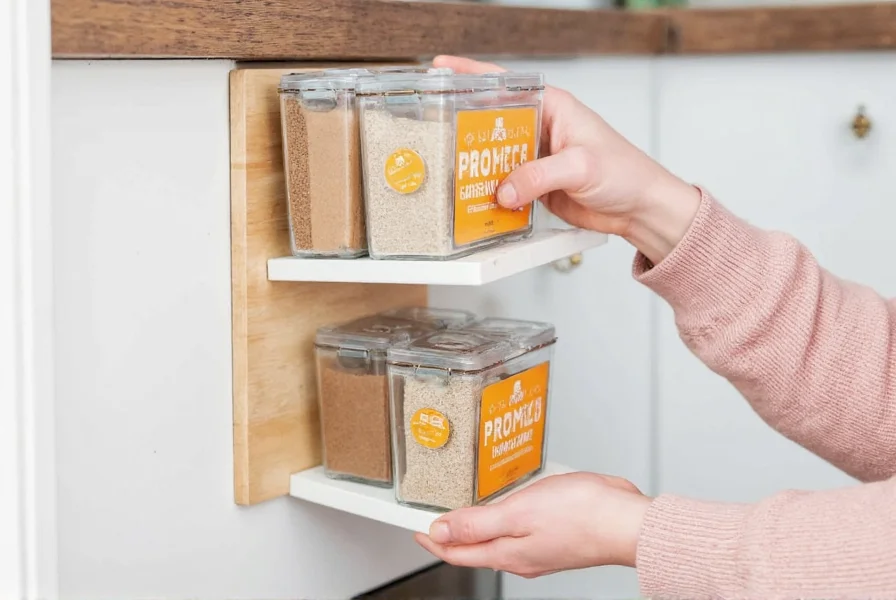
For culinary use, always verify the product is labeled "food-grade"—industrial-grade citric acid may contain harmful impurities.
Frequently Asked Questions About Citric Acid
What is citric acid exactly?
Citric acid is a weak organic acid naturally found in citrus fruits. It's commonly used as a preservative, flavor enhancer, and pH adjuster in food, beverages, and cleaning products. Its chemical formula is C6H8O7, and it's produced commercially through fermentation of sugar by Aspergillus niger mold.
How is citric acid different from lemon juice?
Lemon juice contains citric acid (about 5-6% by weight) along with water, vitamins, and other compounds. Citric acid powder is a concentrated form that provides the same acidity without moisture, making it ideal for dry applications like spice rubs, baking, and food preservation where liquid content must be controlled.
Can citric acid replace vinegar in recipes?
Yes, but with adjustments. Citric acid is about 10x stronger than vinegar. Use 1/4 teaspoon citric acid powder for every 1 tablespoon of vinegar. For canning, follow USDA guidelines—citric acid can replace vinegar in some recipes but not all due to different acidity profiles.
How long does citric acid last?
When stored properly in a cool, dry place away from light, food-grade citric acid maintains full potency for 2-3 years. It doesn't spoil but may clump over time. To restore flow, break up clumps with a mortar and pestle before use.
Is citric acid safe for people with citrus allergies?
Yes. Citric acid is typically produced from corn or sugar cane fermentation, not citrus fruits. The manufacturing process removes all citrus proteins that trigger allergies. However, those with severe allergies should consult an allergist and verify the source with manufacturers.
Can I make citric acid at home?
No. Citric acid requires industrial fermentation and purification processes. Attempting home production is unsafe and ineffective. Always purchase food-grade citric acid from reputable suppliers for culinary or cleaning use.
Does citric acid affect blood pressure?
No. Unlike sodium chloride (table salt), citric acid contains no sodium and does not affect blood pressure. It's safe for low-sodium diets and is often used in salt substitutes to enhance flavor without adding sodium.
Conclusion: Maximize Citric Acid's Potential
Citric acid is a powerhouse ingredient that enhances flavor, preserves food safely, and cleans effectively—all without adding moisture. Proper storage ensures longevity, while understanding its applications unlocks creative culinary and household uses.
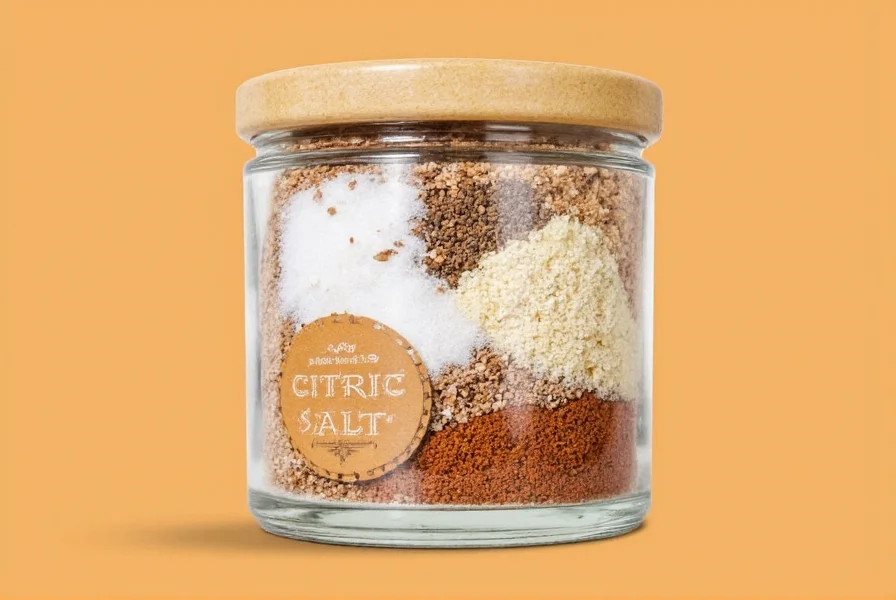
Whether you're canning tomatoes, making artisanal cocktails, or tackling stubborn limescale, citric acid delivers consistent results. Always choose food-grade products for culinary use and store correctly to maintain peak performance. Elevate your kitchen and home with this versatile, science-backed ingredient today!

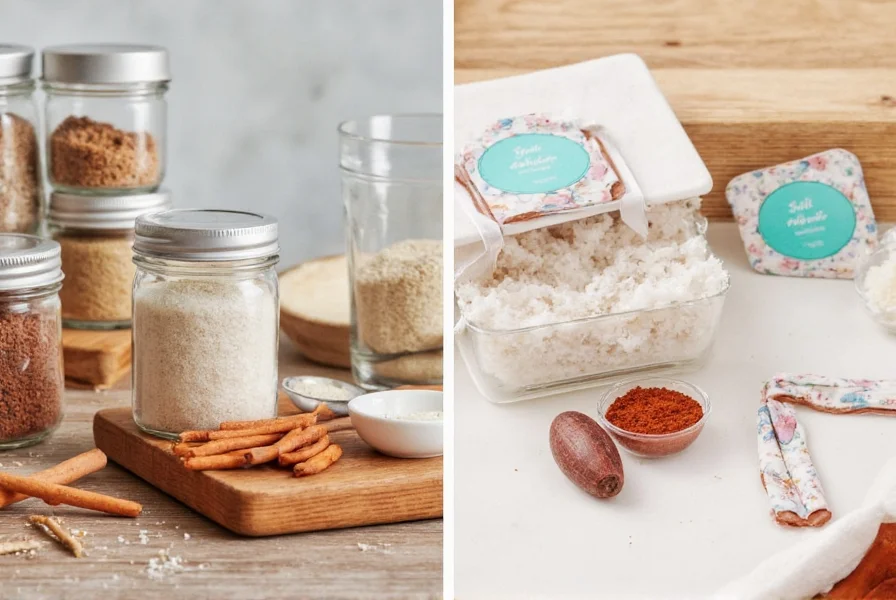









 浙公网安备
33010002000092号
浙公网安备
33010002000092号 浙B2-20120091-4
浙B2-20120091-4